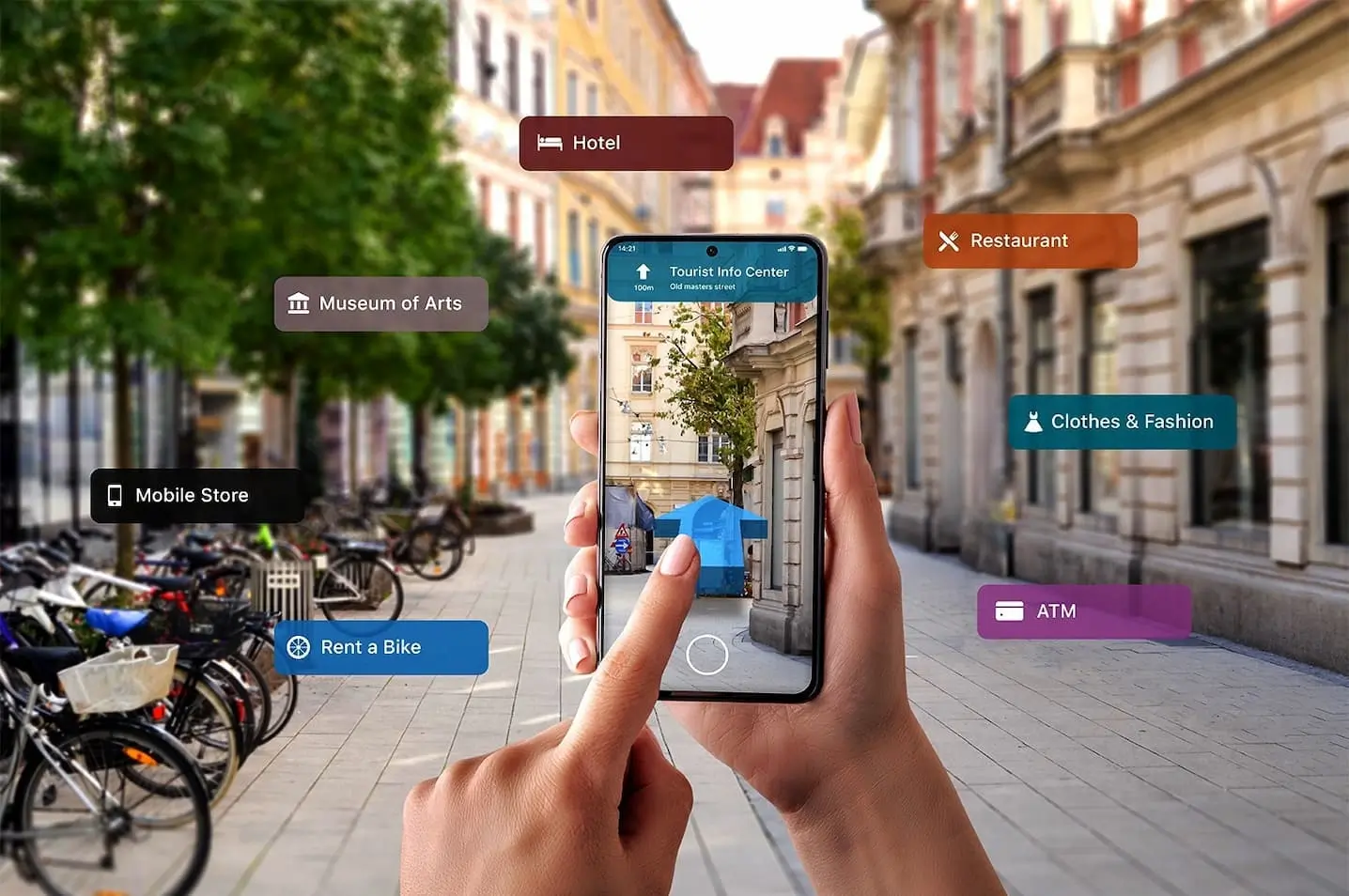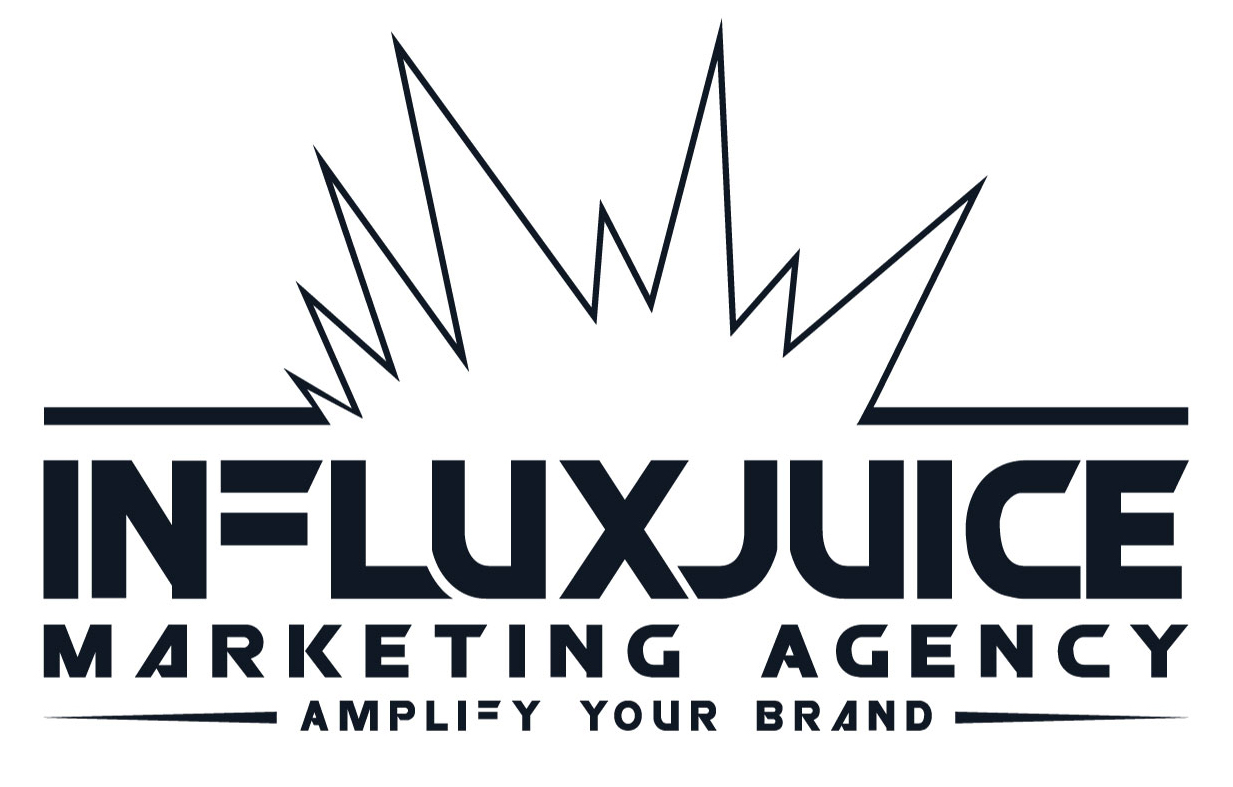If AI marketing sounds scary, relax, it’s quite the opposite. It’s not about robots taking marketers’ jobs (yet). But ignoring AI is like relying on carrier pigeons instead of using email (good luck landing that client in 2025). AI tools are everywhere and built to make business easier, not harder.
Today’s article breaks down how AI works with marketing, why it actually matters (more than most businesses realise), and how proven tools can help Web3 businesses stretch every dollar.
Let’s take a look at how different businesses use AI marketing and the real results it delivers.
Quick answers — jump to section
- Key Takeaways
- Benefits of Using AI Marketing
- How AI Marketing Works: 9 Real Use Cases
- 3 Fresh Examples of AI Marketing
- AI Marketing Tools to Use
- FAQs
- AI Marketing Is the Future
Key Takeaways
- AI makes life easier. It speeds up boring tasks and can even reveal what’s hot with an audience before it becomes a trend.
- Marketers now use AI for content, customer insights, better service. There’s not much it can’t do!
- You don’t need to be a genius coder. Good tools do the heavy lifting.
Benefits of Using AI Marketing

Why would marketers want a robot “assistant”? Simple: AI can do things people hate (slow, manual, repetitive). Marketers aren’t masochists.
Speed Up Processes
Most marketers would love to stay ahead with less effort. With AI, you can automate tasks like scheduling, reporting, and posting. HubSpot found four out of five marketers got back hours each week when they used AI. If only AI could deliver tea to my office as well.
Improve Personalization
AI chews through mountains of user data in seconds. Instead of guessing what works, AI helps segment actual audiences and suggests tailored campaigns. It’s like having a psychic in your analytics team… except privacy-safe.
Better Insights
Humans miss patterns; AI catches them. AI tools forecast sales, spot trends, and hand you decisions that would otherwise need late nights and strong coffee. Marketers finally get to act on facts, not hunches.
Cost Savings
AI doesn’t take lunch breaks. It slashes time spent on grunt work and reduces human errors. Save money, stress less. Team members can focus on creative strategy instead of sticking numbers into spreadsheets.
Higher ROI
From smarter ads to sharper campaigns, AI optimizes messages and timing. More clicks, less waste. The maths makes sense, even without an AI to explain it.
How AI Marketing Works: 9 Real Use Cases
Here’s how AI makes a marketer’s life easier (and maybe, more interesting):
1. Content Planning
AI chatbots can brainstorm 100 ideas in less time than a group meeting that solved nothing. Type your goal, get a list of topics, then run them through an SEO tool. Suddenly, your content calendar is full and you look like a visionary.
2. Content Creation
AI won’t write your company’s love letter, but it can help organize outlines, suggest title hooks, or summarize data. Need an intro paragraph? AI’s got you. Just don’t let it write everything; the real magic happens when a human adds nuance, creativity, and personality that algorithms simply can’t replicate.
3. Marketing Automation
Remember that cool campaign you forgot to launch last Tuesday? AI can automate workflows, send reminders, and execute campaigns while you sleep. It’s like having an endlessly energetic intern without the constant toilet breaks.
4. Customer Service
AI chatbots greet visitors, answer basic questions, and route real problems to the real team. New clients get support at 2am, instead of an apology email at 10am. For Web3 business, this means global responsiveness without the huge payroll.
5. Audience Segmentation
How do you group crypto whales from blockchain beginners? AI can analyze behaviour, wallet activity, or demographic data, and suggest segments for bespoke campaigns. Finally: targeted messaging that doesn’t feel like mass spam.
6. Social Listening
Keep up with community mood (before it turns sour). AI can monitor Blockchain X, Discord, or Mastodon, analyze thousands of posts, and summarize what matters. Social listening, minus the wasted hours scrolling.
7. Competitive Intelligence
Want to know why your rival’s NFT drop flopped? AI monitors competing Web3 campaigns, filters the clutter, and delivers clear insights… no spy gear required.
8. Predictive Analytics
AI loves guessing the future by using actual data, not tarot cards. From forecasting market movements to predicting user drop-offs, predictive analytics give marketers an edge.
9. Administrative Tasks
Still lose track of deadlines? AI can schedule meetings, fill out reports, and manage content calendars. No need to bribe your most organized team member.
3 Fresh Examples of AI Marketing

Here are fresh, original examples of AI in action, showing creative and practical results.
BMW
BMW ran a campaign where AI designed custom ads based on each viewer’s interests and browsing behaviour. An ad can change live to match what you’ll actually want to drive, even if that’s something “practical.” The result: more engagement and less generic messaging.
Magnolia Market
Magnolia Market used an AI-powered augmented reality app to let online shoppers view 3D models of products in their own homes. The app analyzed a user’s surface (like a kitchen counter or living room table) and placed realistic renderings of decor and furniture, converting more browsers into buyers and boosting its e-commerce performance.
Buzz Radar
Buzz Radar used AI to analyze social media and forum conversations about brands in real time. The tool identified hot topics and flagged sentiment shifts, helping marketing teams adjust messaging instantly. This resulted in smarter campaign pivots and improvements in customer engagement and brand reputation management.
Volkswagen
Volkswagen’s marketing team harnessed AI to analyze website visits, ad clicks, and user interactions with its car configurator tool. The AI segmented prospective buyers and then tailored ad targeting to those with the highest purchase intent. As a result, Volkswagen increased showroom visits and lowered acquisition costs across its campaigns.
These examples showcase creative and practical outcomes of AI in marketing, ensuring variety and compliance with your reference preferences.
AI Marketing Tools to Use
Here are six rookie-to-pro AI tools, easy for any Web3 marketer:
| Tool | Use Case | Pricing |
|---|---|---|
| ChatGPT | Chatbot, research, ideas | Free/basic, $20+ |
| Jasper | Content generation | $39+/month |
| Lexica Art | Visual content (blog images) | Free/basic |
| Brand24 | Social listening, sentiment | $79+/month |
| Gumloop | Automation workflows | $19.99+/month |
| Tidio | Customer chatbot | Free/basic, $24+ |
Want advanced analytics? Try Cookie3 for Web3 campaign tracking, or DATAI Network for blockchain insights.
FAQs
What’s an everyday AI marketing example?
Chatbots answering website questions, ad targeting powered by predictive analytics, and automated content planning.
Is AI marketing better or just busier?
Mostly better. AI takes on low-value tasks and makes decisions faster. Marketers can finally focus on the big picture.
How can Web3 marketers use AI now?
Automate reporting, schedule social posts, analyze on-chain activity, predict engagement, and build better customer support.
Should I trust AI tools with my business?
Yes but check their work. AI can miss context and doesn’t catch subtle errors. Call it your eager intern, not your strategy director.
AI Marketing Is the Future
For decision makers at Web3 marketing firms, skipping AI is not an option. The tools are here to help plan smarter campaigns, spot trends, serve clients, and cut costs. Modern AI makes work easier, more accurate, and sometimes even a little more fun. Just start small, keep it human, and let your next campaign show the real future of marketing.
_________________________________________________________________
Get your business referenced on ChatGPT with our free 3-Step Marketing Playbook.
Want to know how we can guarantee a mighty boost to your traffic, rank, reputation and authority in you niche?
Tap here to chat to me and I’ll show you how we make it happen.
If you’ve enjoyed reading today’s blog, please share our blog link below.
Do you have a blog on business and marketing that you’d like to share on influxjuice.com/blog? Contact me at rob@influxjuice.com.

